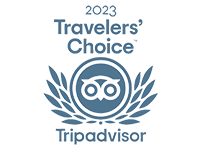Are There Any UNESCO World Heritage Sites In Vietnam?

The list of Unesco World Heritage Sites in Vietnam goes on to provide the visitor with a thrilling glance at the huge and diverse cultural and natural heritage possessed by this country. Landscapes like Ha Long Bay to the historical appeal of Hội An Ancient Town—each has stories to tell on their own. My Son's ancient Hindu temples, majestic Hue monuments, and dramatic landscapes of Phong Nha-Kẻ Bàng National Park are just a few of the many attractions that let visitors feel Vietnam's enthralling history, architectonics, and nature. These places offer not only an unforgettable experience and deep impression of the cultural and ecological value of Vietnam to the guest but also a real immersion into its eventful history and striking landscapes.
1. What is consider an UNESCO world heritage site ?
Cultural Criteria
Criterion i: Representative of a masterpiece of the human creative genius.
Criterion ii: It is a stage of great importance in human history or cultural exchange.
Criterion iii: It bears a unique or, at least, exceptional testimony to a traditional human culture and civilization.
Criterion iv: It is an outstanding example of a traditional human settlement, land-use or sea-use which is representative of a culture, or of human interaction with the environment.
Natural Criteria
Criterion vii: It contains superlative natural phenomena or areas of exceptional natural beauty.
Criterion viii: Represents a significant on-going geological processes or geomorphic features.
Criterion ix: Illustrates significant ecological and biological processes in the evolution and development of terrestrial, freshwater, coastal, and marine ecosystems.
Criterion x: Contains important natural habitats for in-situ conservation of biological diversity.
Mixed Criteria
Some sites have both cultural and natural significance, satisfying criteria from both lists.
Integrity and Authenticity
Integrity: The site must include all those elements necessary to express its value.
Authenticity: The site must be true to its original nature and character.
Management and Protection
Conservation: There need to be appropriate protective and management measures to conserve the site for its outstanding value.
2. 8 UNESCO world heritage sites in Vietnam for visit
a. Ha Long Bay
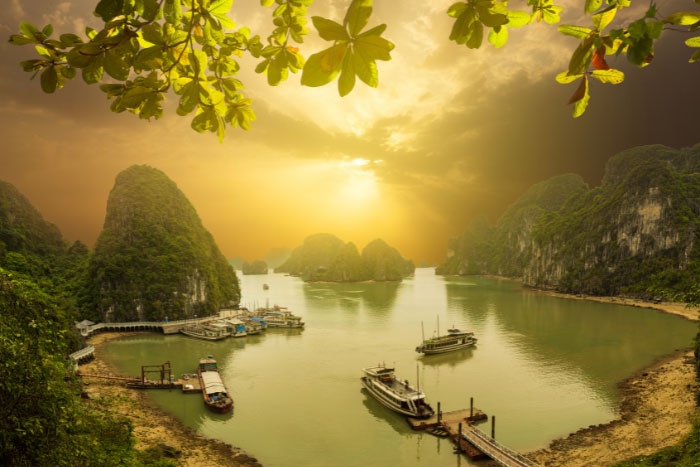
b. Complex of Hue Monuments
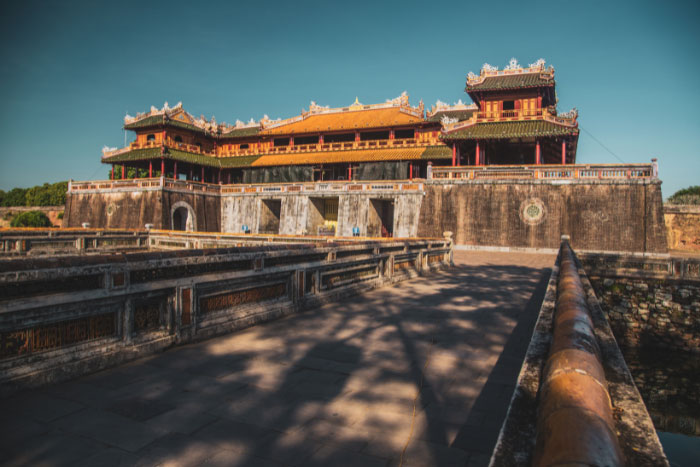
c. Hoi An Ancient Town
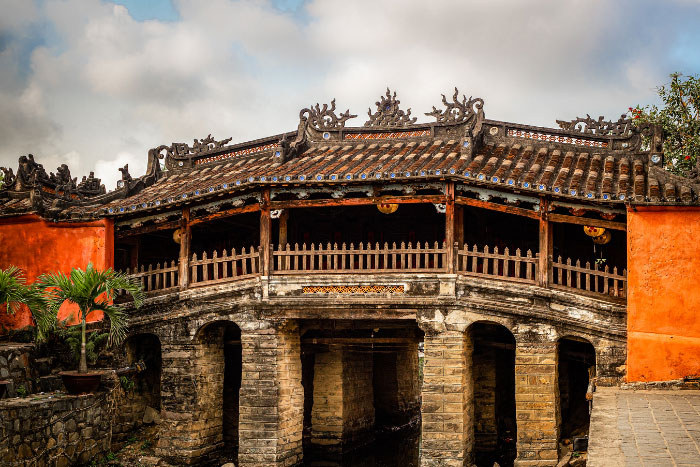
d. My Son Sanctuary
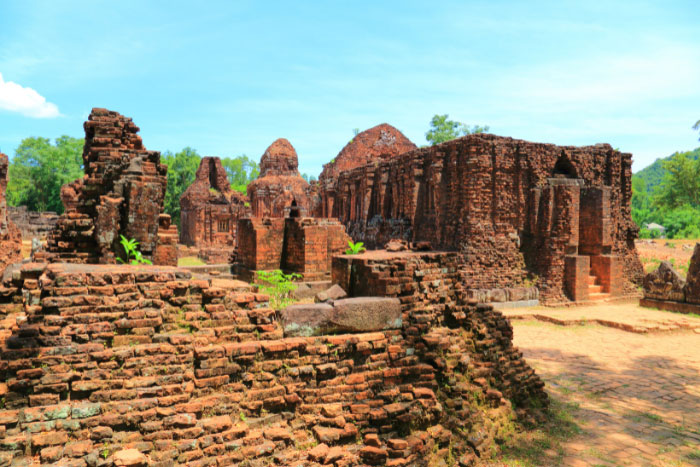
e. Phong Nha-Kẻ Bàng National Park
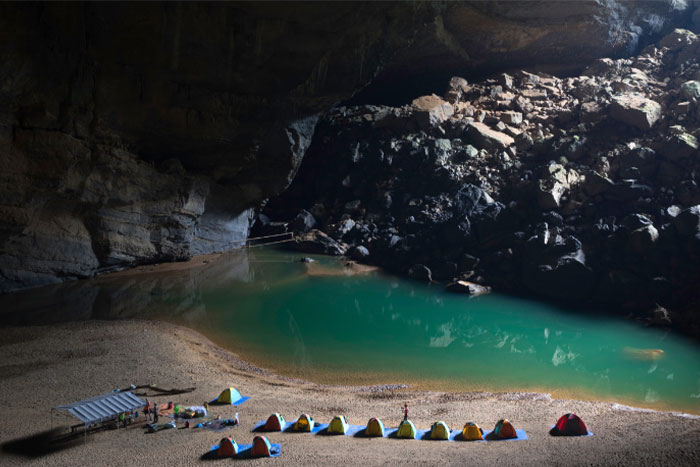
f. Central Sector of the Imperial Citadel of Thang Long
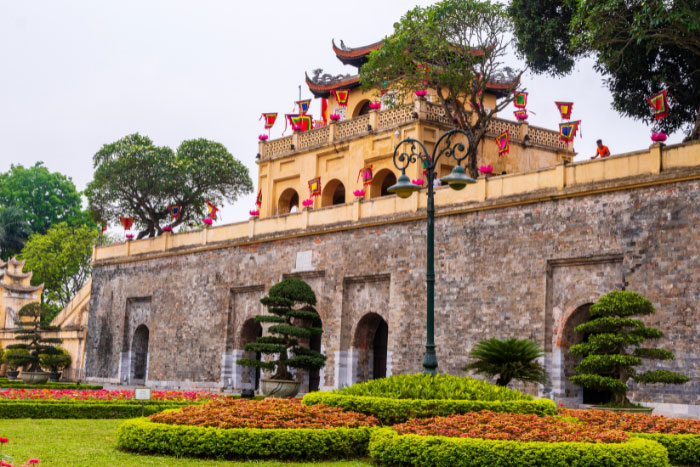
g. Citadel of the Ho Dynasty
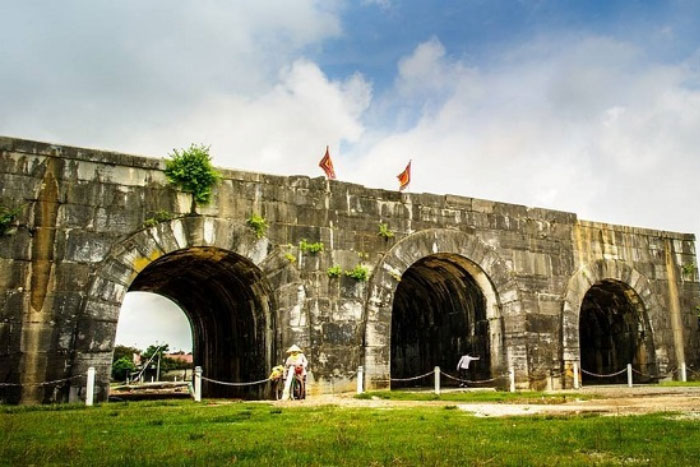
h. Trang An Landscape Complex
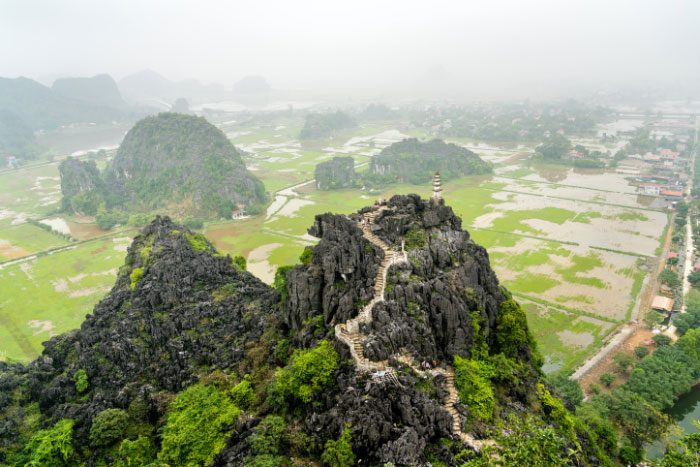
3. Some tips for visiting UNESCO world heritage sites in Vietnam
Be Prepared
Understand the Site: Get knowledge about history, significance, and main features of the site before you start visiting to enrich your experience.
Know the Working Hours: Check opening hours and any special needs or restrictions imposed on visiting each site.
Respect Local Customs and Regulations
Adhere to Guidelines: Observe any on-site rules or guidelines to ensure its preservation.
Cultural Respectfulness: Be respectful toward the customs of the place in question, especially in the case of historical or religious sites.
Travel Light and Be Prepared
Comfortable Clothing: Use comfortable clothes with suitable weather attire and comfortable walking shoes, as most places require a good amount of walking or hiking.
Pack Essentials: Pack water, sunscreen, and even a hat if it's an outdoor location or a hot climate.
Engage with Local Guides
Hire a Guide: If interested in the history and any other meaning of the site, consider hiring a local guide who would be able to give you invaluable context and thus enhance this experience.
Respect the Environment
Leave No Trace: Follow the concept of leave no trace by not littering and by using trails.
Protect the Resource: Not to touch or climb on artifacts or structures so as not to destroy them.
Sustainable Capture of Memories
Photography: Observe any prohibitions concerning photographs. Use a camera in a sensitive manner and with no flash in sensitive areas.
Share Wisely: Share your photos and experiences on social media in a responsible way that does not demean the cultural and historical value of the site.
Show Respect to Local Communities
Buy Local: Buying trinkets or handicrafts from local artisans and vendors helps support the economy.
Stay Nearby: Try to stay as much as possible near the site to save on traveling time and to have a more enriching experience.
Check for Local Events
Local Festivals: These can be attached to the site or in the local area and will enhance added cultural value.
The best places for nightlife in Vietnam include Ho Chi Minh City's Bui Vien Street, known for its vibrant bars, clubs, and street performances. In Hanoi, the Old Quarter offers a mix of bustling night markets, traditional music venues, and lively bars, including the popular Ta Hien Street. Da Nang boasts beachside bars and rooftop lounges with stunning views, especially along My Khe Beach. Nha Trang is famous for its beach parties and lively nightclubs, while Hoi An provides a more laid-back vibe with lantern-lit bars and riverside cafes. Each city offers unique experiences catering to diverse tastes.
UNESCO World Heritage Sites in Vietnam offer rich cultural experiences. At Hoi An Ancient Town, visitors can explore well-preserved architecture and traditional crafts. The Complex of Hue Monuments showcases royal palaces and tombs from the Nguyen Dynasty, offering insights into imperial history. In the My Son Sanctuary, the ancient Hindu temple ruins reflect the Cham civilization's artistic heritage. The Thang Long Imperial Citadel in Hanoi provides a glimpse into Vietnam's historical governance. The Citadel of the Ho Dynasty features unique architecture from the 14th century. These sites offer a deep dive into Vietnam's cultural and historical evolution.
Visiting all UNESCO World Heritage Sites in Vietnam in one trip is challenging but possible with careful planning. The country has eight sites, including the natural wonders of Ha Long Bay and Phong Nha-Ke Bang National Park, as well as cultural treasures like the Complex of Hue Monuments and Hoi An Ancient Town. Each site offers unique experiences, and traveling between them requires time due to their geographic spread. A well-organized itinerary focusing on efficient travel and adequate time at each location can make such a trip feasible, though it might be more enjoyable to visit them over multiple trips.
Related travel guide
Other similar articles
CUSTOMIZABLE BY LOCAL EXPERTS
Personalized trip at the original price!
REFUND GUARANTEE
We believe in our work and promise to give you money back.
GOOD PRICE / QUALITY
95% satisfied more than expected!
24/7 LOCAL SUPPORT
We are always available online to provide assistance at any time.
Most read articles
Autour Asia is highly recommended on
Embracing the mission of "Satisfied more than expected" and providing authentic experiences, we have received numerous recommendations on reputable travel forums:






















